The art of crafting the perfect beer label is more than just a creative endeavor; it’s a strategic process that directly impacts your brand’s identity, consumer appeal, and compliance with industry standards. From the visual design to the mandatory information, every element of a beer label plays a crucial role in capturing attention, conveying brand values, and ensuring safety and transparency. Whether you’re a seasoned brewmaster or a new entrepreneur, understanding the intricacies of beer labeling is essential for standing out in a competitive market. This guide delves into the key components of effective beer labeling, common pitfalls to avoid, and actionable steps to design a label that resonates with consumers while meeting all regulatory requirements. By mastering the essentials of beer labeling, you’ll not only enhance your product’s visibility but also build trust with your audience, ensuring your beer label becomes a cornerstone of your branding strategy.
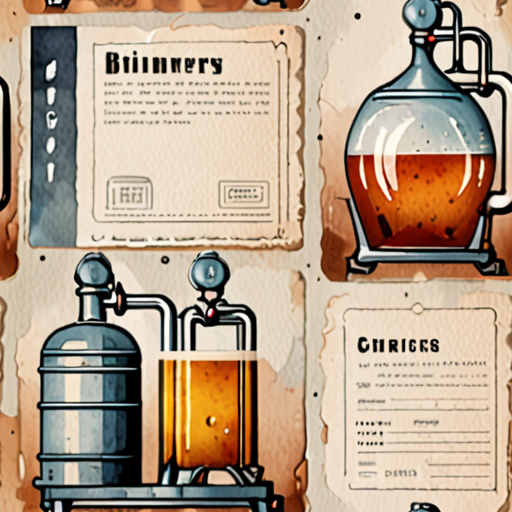
What is Required to be on a Beer Label?
The requirements for beer labels vary by region, but generally, they must include the following:
- Net Contents: Clearly stated in standard American measurements such as pints or fluid ounces.
- Alcohol Content: The percentage of alcohol by volume (ABV) must be declared. Some regions may require additional information about the type of alcohol used.
- Calories and Nutritional Information: For beers labeled with terms like “light” or “lite,” the average nutritional content (calories, carbohydrates, proteins, and fats) per serving must be disclosed. Low-carb beers must have no more than 7 grams of carbs per 12 oz serving.
- Ingredients and Allergens: A list of ingredients used in the beer must be included. Common allergens like gluten should be clearly marked if present.
- Brand Name and Brewery Information: The brand name and the brewery or importer’s name must be displayed prominently.
- Design and Formatting: Labels must comply with specific design guidelines, including color schemes, font sizes, and layout to ensure visibility and legibility.
Beer labels must also meet specific regulatory requirements, often enforced by bodies like the Alcohol and Tobacco Tax and Trade Bureau (TTB) in the U.S., to ensure accuracy and compliance with food safety standards.
Labeling Your Beer
To effectively label your beer, follow these steps to ensure your bottles are well-organized and informative:
- Brewer’s Name: Start with your name or handle to give credit to the brewer.
- Beer Type: Clearly indicate the style of beer, such as IPA, Stout, or Pilsner.
- Brewery Name: Include “Homebrew” or your personal brewery name if applicable.
- Bottling Date: Add the date when the beer was bottled for aging tracking.
- Batch Number: Assign a unique identifier to help track different batches.
- Alcohol Percentage: Mention the ABV (Alcohol By Volume) for transparency.
Design Tips:
– Position the label near the top of the bottle, approximately 10% from the top.- Use a smaller font size to accommodate all information without clutter.- Utilize a simple separator like a dash or dot between each piece of information for a clean look.
Example Layout (centered or aligned to one side):
– Brewer’s Name – Beer Type – Brewery Name – Bottling Date – Batch Number – Alcohol Percentage, separated by a dash or dot.This method ensures your beer is well-marked and provides essential details for anyone who may come across your creation.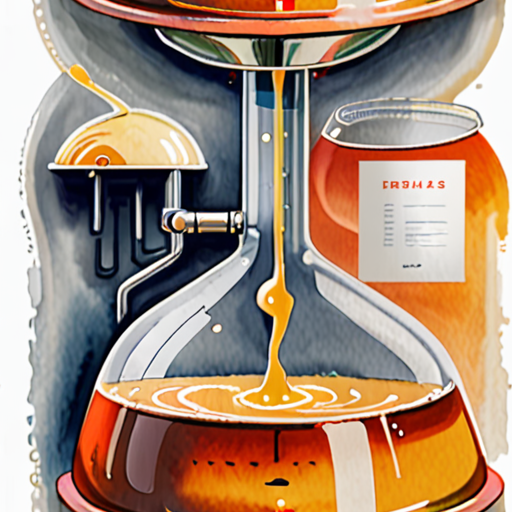
What Does the FDA Require for Alcohol Labeling?
The FDA has established specific regulations for alcohol labeling to ensure transparency and consumer safety. Here are the key requirements:
- Product Name and Alcohol Content: The label must clearly display the product name and the alcohol content by volume (e.g., 12% ABV).
- Serving Size and Nutritional Information: The serving size in fluid ounces and the number of servings must be listed. Nutritional information, including calories and carbohydrates, is also required.
- Ingredients List: A comprehensive list of ingredients used in the production of the alcoholic beverage must be provided in a clear format.
- Allergen Information: Common allergens, such as gluten, must be declared on the label.
- Age Restriction Warnings: Labels must include a statement advising against consumption by individuals under the legal drinking age, such as “Not recommended for children under 21.”
- Health Effect Statements: The label must carry warnings about potential health impacts, such as “May cause impaired judgment or physical coordination.”
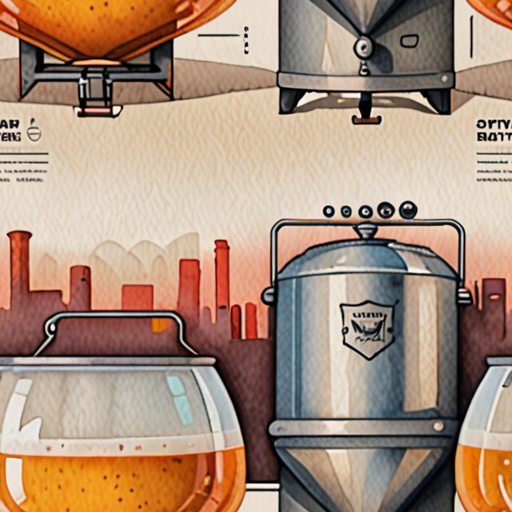
What Does ABC Mean in Beer?
In the context of beer, “ABC” can have several meanings depending on the situation:
- Alcoholic Beverage Control: In many U.S. states, “ABC” stands for Alcoholic Beverage Control Board or Commission. These agencies oversee the production, distribution, and sale of alcoholic beverages to ensure compliance with laws and regulations.
- Brewing Terms: While less common, “ABC” may refer to specific terms related to brewing. For instance, “ABY” stands for American Brown Yeast, a type of yeast used in fermentation. However, “ABC” itself is not a widely recognized abbreviation in this context.
- Beer Ratings: In some rating systems, “ABC” might be used as an acronym to simplify or standardize beer evaluations. This usage would vary based on the specific rating scale being referenced.
- Local or Regional Usage: In some bars or breweries, “ABC” could be a shorthand term or promotional label used internally or for special offerings. This usage would depend on the establishment’s branding and marketing strategies.
Understanding the specific context in which “ABC” is used is crucial for accurately interpreting its meaning in relation to beer.
What Does ABB Mean in Beer?
ABB can stand for several things in the context of beer, depending on the context in which it is used. Here are the most common interpretations:1. **Alcohol By Volume (ABV):** While ABV is the more commonly recognized term, ABB may sometimes be used interchangeably, possibly as a variation or typo.2. **American Beer Bureau:** ABB could refer to the American Beer Brewers Association, a trade group representing brewers in the United States. This association promotes the interests of the brewing industry and provides resources and education for brewers.3. **Aging Barley Blend:** In some contexts, ABB might refer to a specific blend of malted barley used in the brewing process, though this usage is less common.4. **Advanced Brewing Techniques:** ABB might also refer to advanced brewing techniques or methods used in the production of beer, though this interpretation is less standard.The exact meaning of ABB in beer can vary, and it is important to check the specific context in which it is used to determine the correct interpretation.
What Does CL Mean on Beer?
The abbreviation “CL” on beer labels stands for “centiliter.”
Centiliters (cl) are a unit of volume measurement commonly used in beer and other beverages. One liter is equal to 100 centiliters, making a centiliter a smaller measurement compared to a full liter. This is often used in conjunction with liters or milliliters depending on the region or brand preferences.
For example, a 500ml bottle is often labeled as 0.5 liters or 500cl, showing how centiliters can complement other units of measurement. This dual labeling caters to different consumer preferences and ensures clarity for individuals who may be more familiar with liters or milliliters.
While some recipes or product descriptions may use liters exclusively, the use of “cl” is a standardized way to represent smaller volumes, particularly in markets where consumers are accustomed to this notation.
Comparison Table:
- 1 Liter = 100 Centiliters
- 1 Milliliter = 0.001 Liters
- 500 Milliliters = 0.5 Liters
By using “CL” alongside other measurements, manufacturers aim to provide clear and accessible information for all consumers, regardless of their preferred unit of measurement.
Conclusion:
So, the next time you see “CL” on a beer label, you can confidently say it stands for centiliter, a useful measure in the world of brewing and beverage consumption.


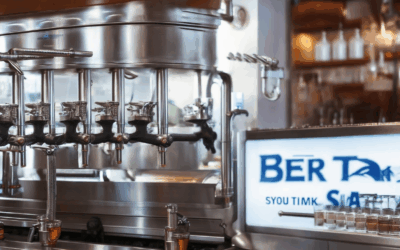
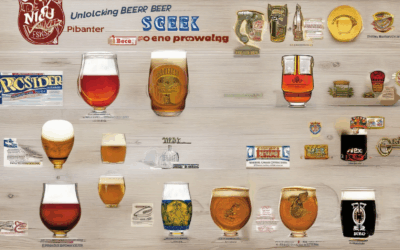
0 Comments